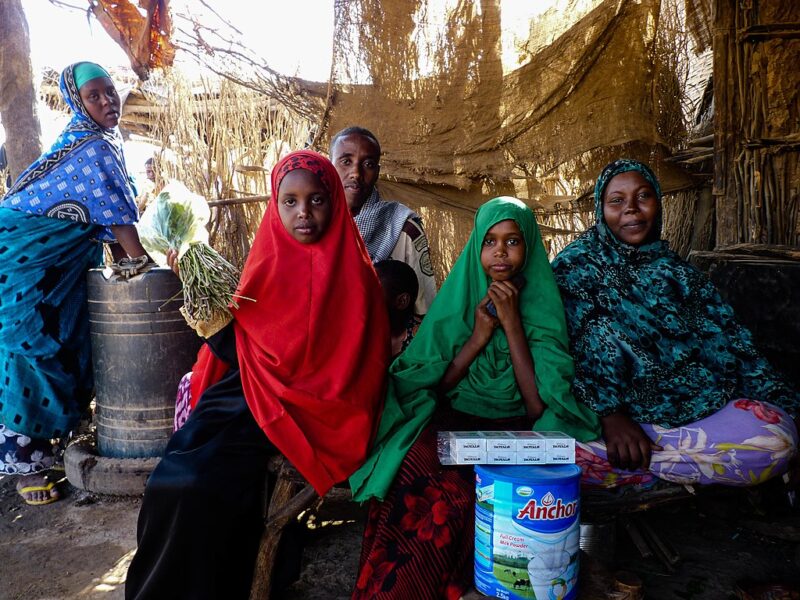Aweis Ahmed, Farhia Mohamud, Mahad Wasuge Internal displacement and refugee repatriation in Somalia are closely tied to the dynamics of climate change and environmental degradation, and in addition to a
Tag: Somalia
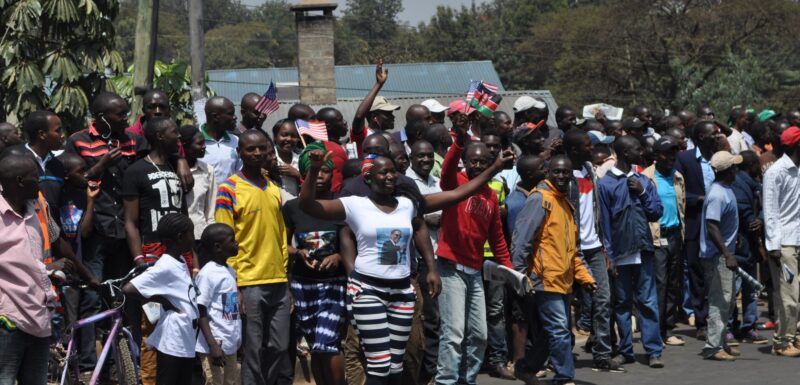
Operationalising a whole-of-society approach
Oliver Bakewell, Javans Okhonjo Wanga Whether people are migrating freely in the hope of improving their quality of life or fleeing as refugees to save their lives in the face
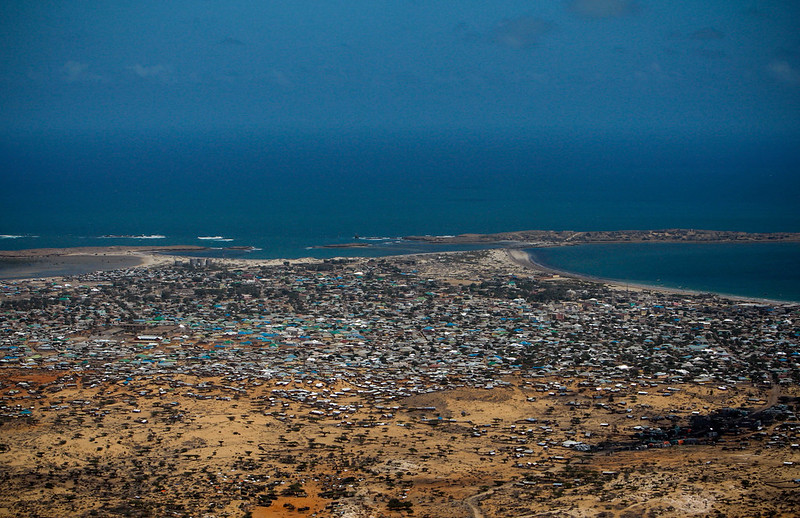
A theoretically decentralized but internally centralized system: How Kismayo municipality deals with emergencies
Aweis Ahmed Somalia adopted a federal system in 2004, almost two decades ago, and its implementation started in 2013, almost a decade ago. I expected that the decentralization of power

A Shadow of Fear: The Situation of IDPs and Returnees in Afgoye
Farhia Mohamud Afgoye district is 30 kilometers from Mogadishu’s capital; Southwest state’s interim capital, Baidoa, is 196 kilometers away from Afgoye. This distance creates a void in establishing a durable

The Global Compacts on Migration and Refugees: taking stock of progress and the way forward in the Horn of Africa
Felicity A. Okoth Four years after the adoption of the Global Compact on Refugees (GCR) and the Global Compact for Safe, Orderly, and Regular Migration (GCM) at the UN General

Taking Stock: Recent & Upcoming Research
The Research and Evidence Facility (REF) was established in May 2016 to conduct research relevant to the formulation and implementation of EU Trust Fund activities in the Horn of Africa.
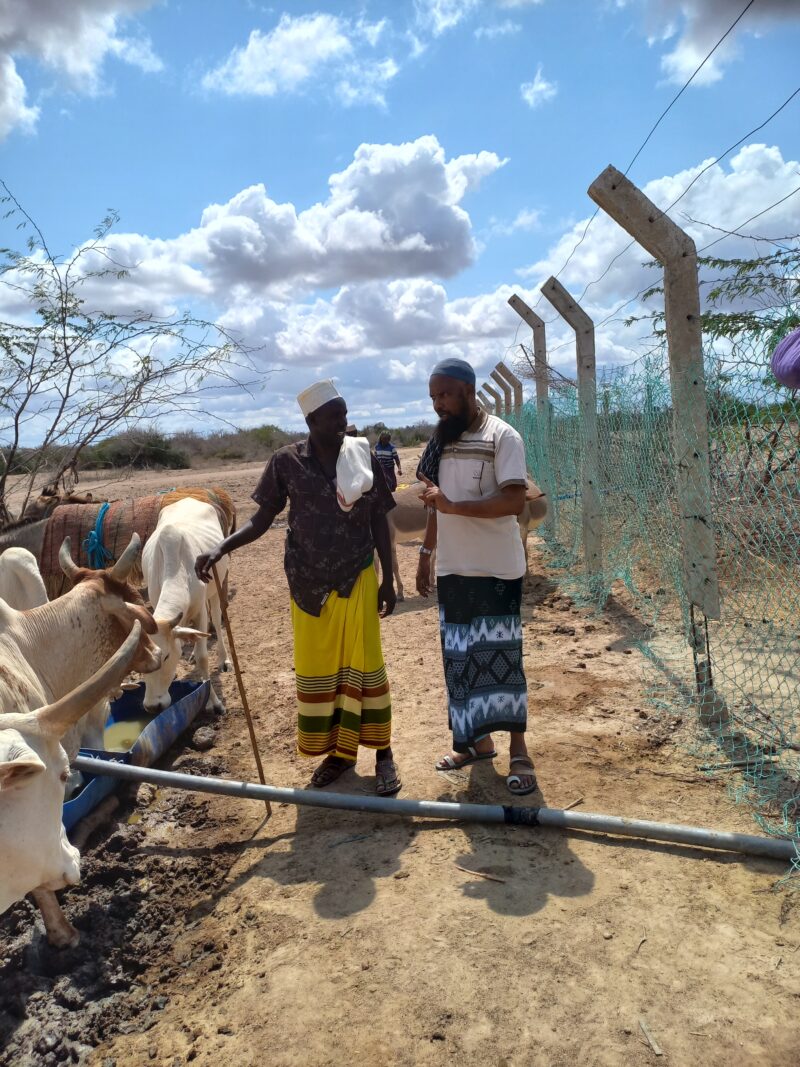
Closing the environment-migration gap in climate policy and programmes in the Horn of Africa
This blog series is related to the REF’s ongoing study on climate change and migration in the Horn of Africa. This research study is being carried out in Ethiopia (Somali
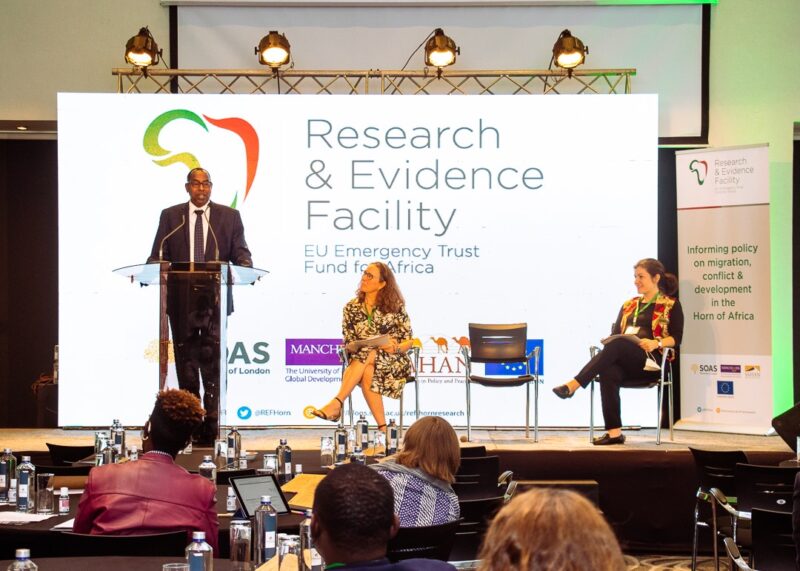
REF conference 2022: towards greater inclusion and protection for migrants and forcibly displaced persons
In June 2022, the Research and Evidence Facility (REF) of the EU Trust Fund for Africa in the Horn of Africa convened its second international conference around the theme ‘Migrants and Forcibly Displaced Persons: Towards Greater Inclusion and Protection’.

How does technical and vocational education and training (TVET) influence dynamics of mobility and conflict? Lessons from the Horn of Africa
Abebaw Minaye Gezie, Padmini Iyer In the Horn of Africa (HoA), investments in Technical and Vocational Education and Training (TVET) and other employability programmes are typically predicated on the assumption

Informality and procedural innovation at borderlands: Lessons from Mandera
A blog from Ngala Chome on his personal experience of border crossings and the impacts of formal border infrastructure.
